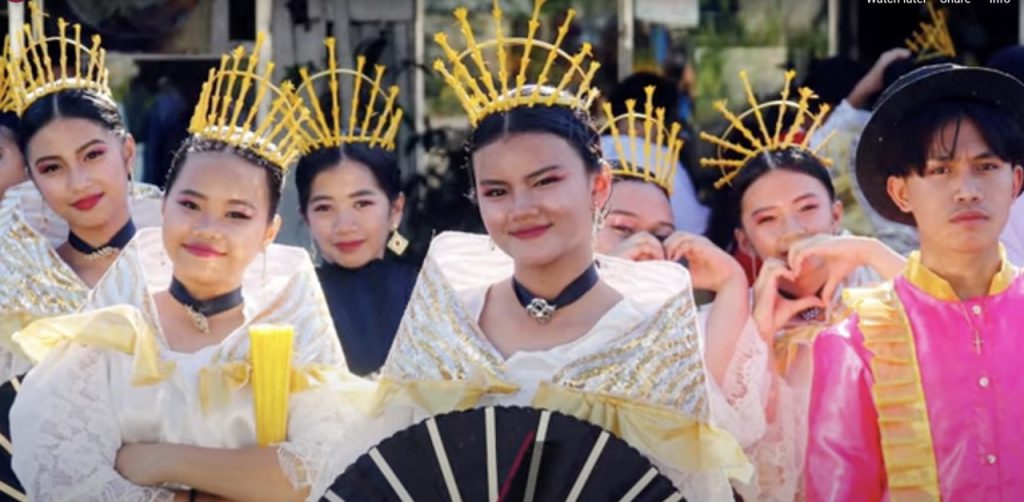5G in Africa: What’s its potential, Selasi Ahorlumegah?
Naa Oyoe Quartey
With its fast speeds and revolutionary potential, 5G stands out as a noteworthy milestone in the field of […]

The Filipino Terno, a traditional garment that tells a story of rich heritage, historical evolution, and cultural pride, stands as a testament to the Philippines’ vibrant history. The word ‘terno’ is derived from the Spanish term ‘terno,’ meaning ‘to match.’ The dress originally consisted of four pieces – a blouse, a skirt, a shawl, and a petticoat, which all matched each other perfectly. Over time, the terno has evolved into a single, elegant gown, but it hasn’t lost its essence and charm.
The terno is not just a piece of clothing; it’s a cultural symbol and a representation of Filipino identity. The attire was born out of a rich tapestry of influences, both indigenous and foreign. It has withstood the test of time, continuously evolving and yet staying true to its roots. In the modern world, the terno holds a special place in every Filipino’s heart as it carries the essence of their nation’s history.
This traditional dress holds an essential place in the hearts of Filipinos. The terno symbolises elegance, grace, and national pride. Its origins trace back to the colonial era when the Philippines were under Spanish rule, which has also influenced local fashion. The terno evolved from the traditional baro’t saya and, with time, has become an emblem of Philippine identity.
One of its remarkable features is its butterfly sleeves, adding a touch of elegance and grandeur to the dress. The sleeves are often made using intricate embroidery, lace, or piña fabric, a traditional textile made from pineapple fibre.
The production of textiles for the terno is a meticulous process. Skilled weavers create fabrics using materials such as piña, jusi, or jusi-piña blends. The fibres are extracted from pineapple leaves, hand-spun, and woven into delicate fabrics that are then embroidered with intricate patterns and designs.
The terno is remarkable to the Philippines as it represents a fusion of indigenous, Spanish, and Asian influences, reflecting its rich cultural heritage. It also signifies the strength and resilience of Filipino women. Additionally, the terno is worn during important occasions, such as weddings, formal events, and national celebrations, further highlighting its significance in Filipino culture.
In a global context, the terno has gained recognition and admiration beyond Philippine shores. Its beauty and grace have caught the attention of the international community, making it a subject of study for fashion scholars and it has been featured in international fashion shows, exhibitions, and cultural events. As the terno continues to transcend borders, it serves as a reminder of the enduring legacy of traditional attire.
Despite the terno’s rich history and cultural significance, it remains a dynamic part of Filipino fashion. Today, a younger generation of Filipino designers and fashion enthusiasts are taking the terno into the future, incorporating modern styles and sustainable practices into its traditional design. These innovative interpretations not only respect the terno’s cultural heritage, but also make it relevant and wearable in contemporary settings. From high fashion runways to everyday street wear, the terno continues to evolve while preserving its distinct character, thus ensuring that this piece of Filipino history will be carried forward for future generations to cherish and appreciate.
Stay tuned as our next episode is on its way!

With its fast speeds and revolutionary potential, 5G stands out as a noteworthy milestone in the field of […]

Let me take you on a captivating journey through my intriguing conversation with Antonia Azoitei, a versatile artist […]